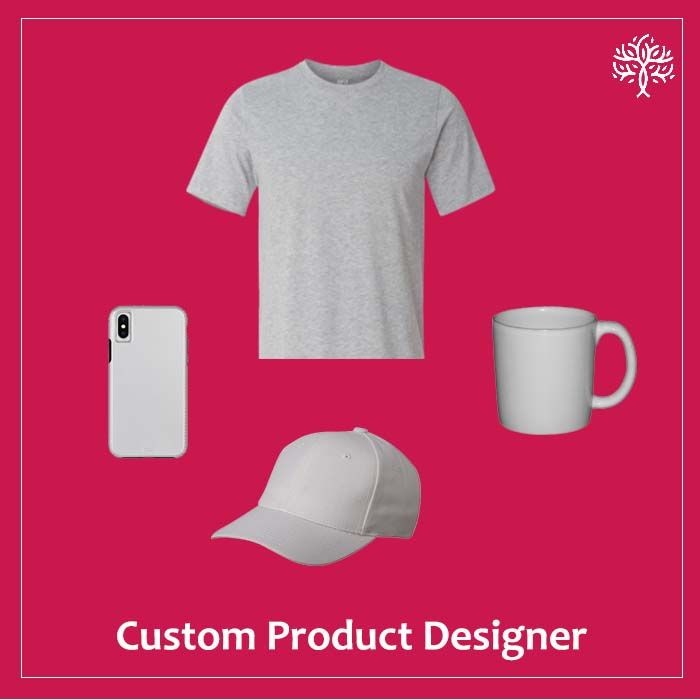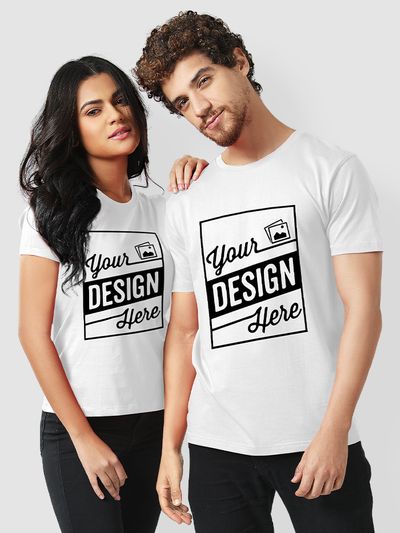Uncategorized
Product Customization
What is customization of a product?
Customization of a product is the manufacturing ability to offer a variety of designs or details for one product, made specifically to a buyer’s liking, much in part because of advances in technology and manufacturing production processes. Customization of products means a customer can select features like color, design, functionalities, add-on components or other options to make a more unique item rather than a mass produced one. For example, a shoe company can allow customers to design and order a one-of-a-kind sneakers through their online platform.
Product customization has grown throughout nearly every industry and is often a common element in persuading a buyer to make a purchase.
What are the benefits of product customization?
Here are five benefits of product customization for marketing and sales:
-
Match customer demand: Increasing popularity for customized products shows how consumers like it. Offering options for customization helps potential customers find added value in choosing your company or business.
-
Increase sales and competitive edge: Customers can pick elements of their purchase, which can sway their decision to buy from one company versus another. You can command higher price points for customized products, too.
-
Engage customers: A customer may have a deeper feeling of ownership when they design and select certain elements of their purchase, like a made-to-order or mix-and-match offering. The more a customer feels engaged, the more brand loyalty you can build.
-
Build brand loyalty: Customer satisfaction ratings are a lead influence in establishing brand loyalty and having access and ability to design a product to their needs and wants can increase customer satisfaction. Lifelong brand loyalty customers also offer a high value benefit to a company, through future sales and word-of-mouth marketing to friends and family.
-
Gain market research: A purchase of a customized product gives you more insight into the likes, preferences and perceptions of your customer base than generic items. You can learn more about your customer and use that data and information for future marketing.




